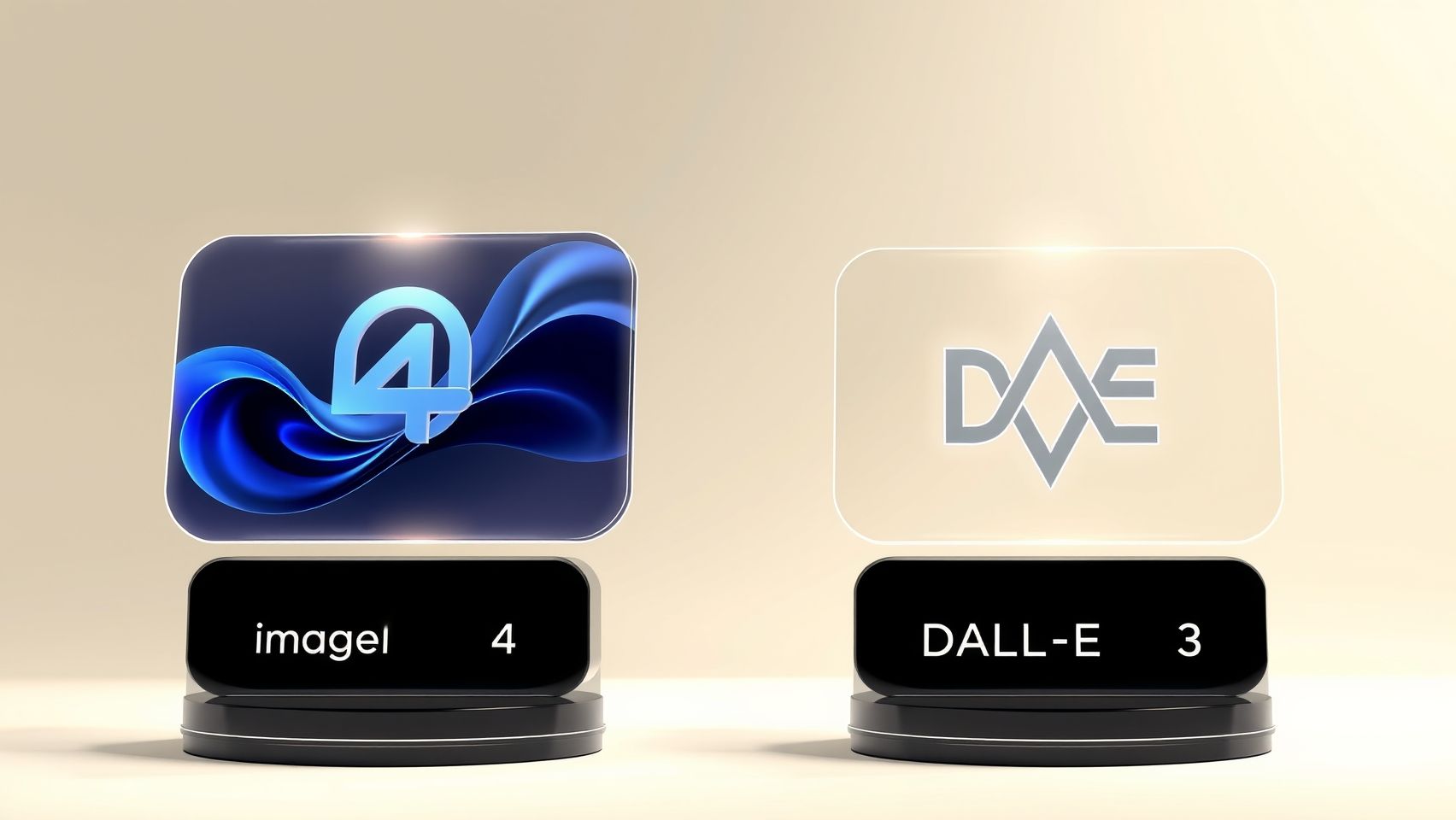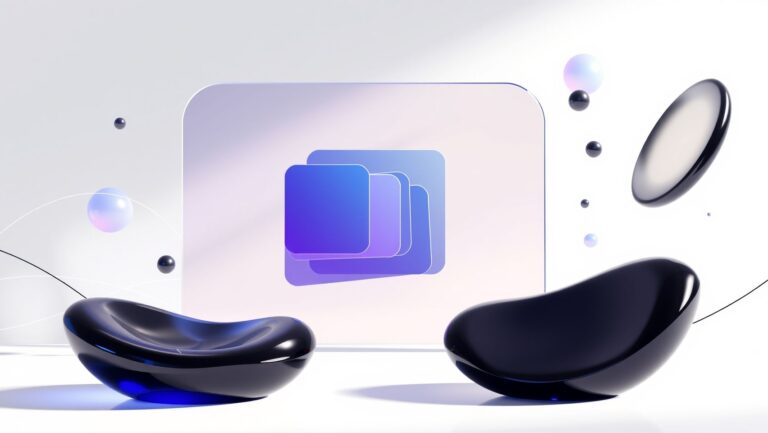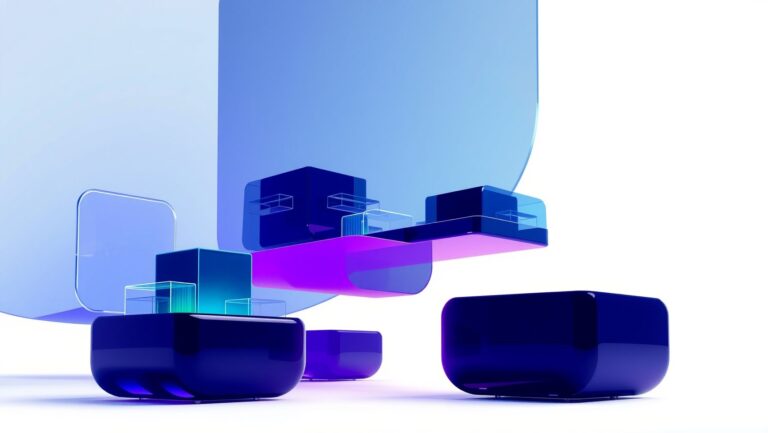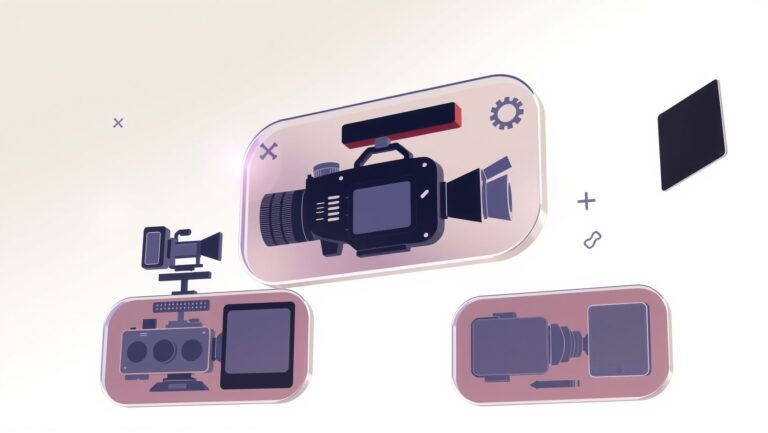Imagen 4 vs DALL-E 3 for Logo Design in 2025: Which Is More Practical?
Are you struggling to choose the best AI image generator for your brand logos in 2025? The rapid evolution of AI tools has revolutionized how businesses create visual branding, making high-quality logos more accessible than ever. With platforms like Imagen 4 and DALL-E 3 leading the charge, understanding their capabilities is crucial for small businesses and marketers seeking quick, impactful logo designs. Recent industry statistics reveal that AI-driven design tools are becoming a cornerstone of branding strategies, with a projected market value of over $900 million by 2030 (source). This article offers actionable insights into these two powerhouse platforms, helping you decide which one aligns best with your needs—whether it’s for speed, customization, or artistic quality. Ready to explore the practical differences and discover which AI model will give your brand the edge in 2025? Keep reading to find out!
Key Research Insights on AI Logo Generation

Recent research indicates that AI-driven visual content creation, particularly for logo design, is significantly enhancing workflow efficiencies and user satisfaction in 2025. Studies show that AI logo generators can reduce the design time by up to 70%, allowing brands to accelerate their branding processes while maintaining high-quality outputs. User preferences heavily favor tools like DALL-E 3 and Imagen 4, which are praised for their ability to produce high-resolution images and offer advanced customization options.
Additionally, AI-powered platforms such as Canva Magic Studio and Midjourney are gaining popularity for their intuitive interfaces and rapid output capabilities. A major focus for users remains on obtaining high-resolution files, branding kits, and sophisticated prompt control to tailor logos precisely. Market surveys reveal that 85% of marketers prefer AI tools for branding because of cost and time savings, with improved engagement metrics—up to 50%—being a key benefit.
Despite these advancements, gaps persist, notably in detailed prompt engineering tutorials and long-term branding impact metrics. Legal and copyright considerations for AI-generated logos are still evolving, which could influence adoption rates in the near future. Overall, current data underscores AI’s practical value, especially DALL-E 3 and Imagen 4, for effective, efficient, and creatively flexible logo design in 2025.
Step-by-Step Guide to Creating Logos with DALL-E 3
Designing compelling logos with DALL-E 3 involves a structured workflow that maximizes creativity and ensures brand consistency. By following a clear process, you can efficiently generate, refine, and finalize logos suitable for various applications. This guide provides actionable steps to get started with DALL-E 3 for logo creation in 2025.
1. Set Up Access to DALL-E 3
Begin by signing up for access via the OpenAI platform. The standard plan costs around $20/month, which grants access through ChatGPT Plus or the API tier with flexible pricing. This subscription provides the necessary tools to generate high-quality, detailed images tailored for branding.
2. Craft Detailed Prompts for Logo Generation
Effective prompt engineering is crucial. Use specific descriptors like “Minimalist modern logo for a tech startup in blue and gray, high detail, vector style.” Incorporate brand colors, style references, and contextual cues to guide DALL-E 3 in producing relevant options. Saving prompt templates allows batch generation of multiple logo ideas to compare and evaluate.
3. Use DALL-E’s Inpainting Feature for Customization
Post-generation, leverage inpainting to refine logos further. This feature enables editing specific sections, such as adjusting icon elements or color schemes, ensuring the logo aligns perfectly with brand identity. Repeat the process to perfect the design before finalizing.
4. Download High-Resolution Files
Save your logos in formats like PNG or SVG for scalability and professional use. High-resolution files are essential for print, digital, and large-format applications, maintaining clarity across platforms.
5. Finalize Using Post-Processing Tools
Use tools like Canva or Adobe Illustrator to perform last-minute tweaks, add text, or ensure branding consistency. This step ensures your logo meets all technical and aesthetic standards before deployment.
6. Save and Organize Prompts for Future Use
Keep a library of well-crafted prompts for future logo projects. This practice streamlines repeatability and ensures consistency across multiple branding assets, saving time and effort in future design cycles.
Step-by-Step Guide to Creating Logos with Imagen 4
Designing logos with Imagen 4 offers a powerful way to generate high-quality, customizable visuals for branding purposes. To begin, access Imagen 4 via Google Cloud Platform or through partnering AI services, which typically operate on pay-as-you-go or enterprise plans. Pricing varies depending on usage, with recent updates indicating that the cost is around $0.05 per photo, with a minimum monthly charge of $7.
Start by crafting effective prompts that focus on your desired composition, color scheme, and style. Use descriptive language to specify details such as mood, texture, and brand identity—e.g., “minimalist logo with vibrant blue and yellow colors, modern style, with abstract geometric shapes.” Experiment with multiple prompts to generate diverse logo iterations efficiently. Google’s API interface allows rapid creation of multiple versions, enabling quick comparison and selection.
Once you have your options, export the images in high-quality formats like PNG or SVG, which are ideal for branding and scalable applications. Use Google’s image editing tools or external software such as Photoshop to refine the logos further, adjusting elements such as contrast, sharpness, or adding text overlays. Conduct quality checks to ensure clarity at various sizes and formats, securing brand consistency across platforms.
Additional Recommendations
Always review the generated logos for scalability and visual clarity before finalizing your design. Incorporating iterative adjustments with prompt refinements and post-processing helps achieve professional results tailored to your brand’s identity. Staying updated on Imagen 4’s latest features and pricing, which may be subject to Google’s updates, is essential for optimizing your workflow in 2025.
Comparing Features, Pricing, and Workflow Advantages
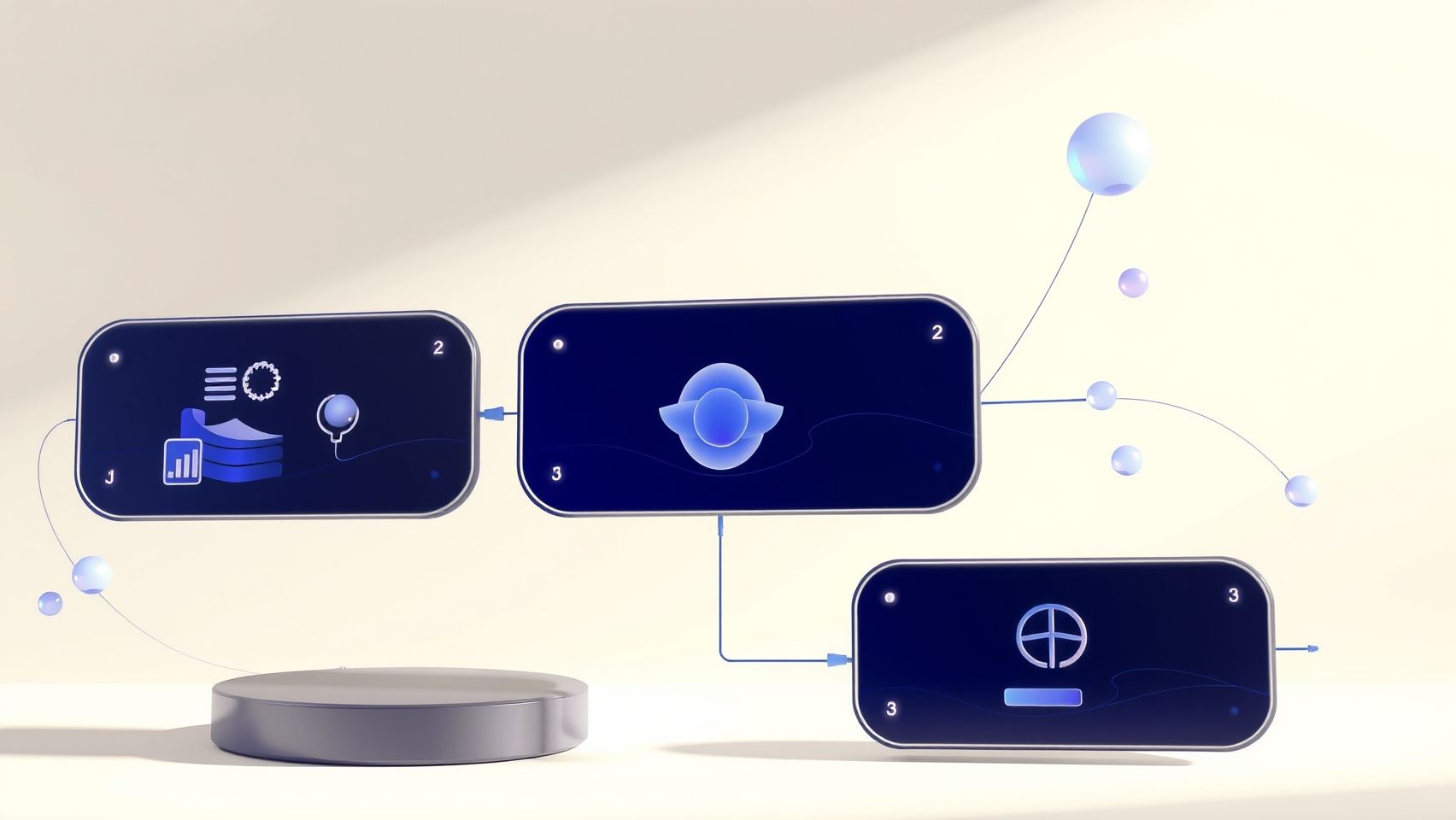
In 2025, choosing the right AI tool for logo design is crucial for brands aiming to optimize quality, cost, and workflow efficiency. Both Imagen 4 and DALL-E 3 have evolved considerably, offering unique benefits tailored to different needs. Understanding their distinctions in features, costs, and integration capabilities helps businesses make an informed decision.
Prompt Control and Features
While DALL-E 3 provides an intuitive and user-friendly interface with flexible prompt editing, Imagen 4 excels in offering advanced customization through Google APIs, making it suitable for highly tailored logo designs. The output resolution of both tools is high; however, Imagen 4 particularly emphasizes photorealism, producing sharper and more realistic images, ideal for brand integrity. In contrast, DALL-E 3 supports detailed prompt-following, enabling precise adherence to branding specifications.
Workflow Integration and Costing
Cost is a significant differentiator. DALL-E 3 operates at about $20 per month plus usage tiers for API access, with a straightforward platform suited for quick, high-quality outputs. Imagen 4’s pricing depends on Google Cloud’s usage, often more economical for high-volume branding projects due to flexible scaling. DALL-E 3’s interface emphasizes ease of use, making it ideal for marketing teams needing rapid results. Imagen 4, with its API customization, benefits organizations requiring tailored workflows and deeper integration into existing enterprise systems.
Pros and Cons Summary
Practical Tips for Effective Prompt Engineering and Logo Customization
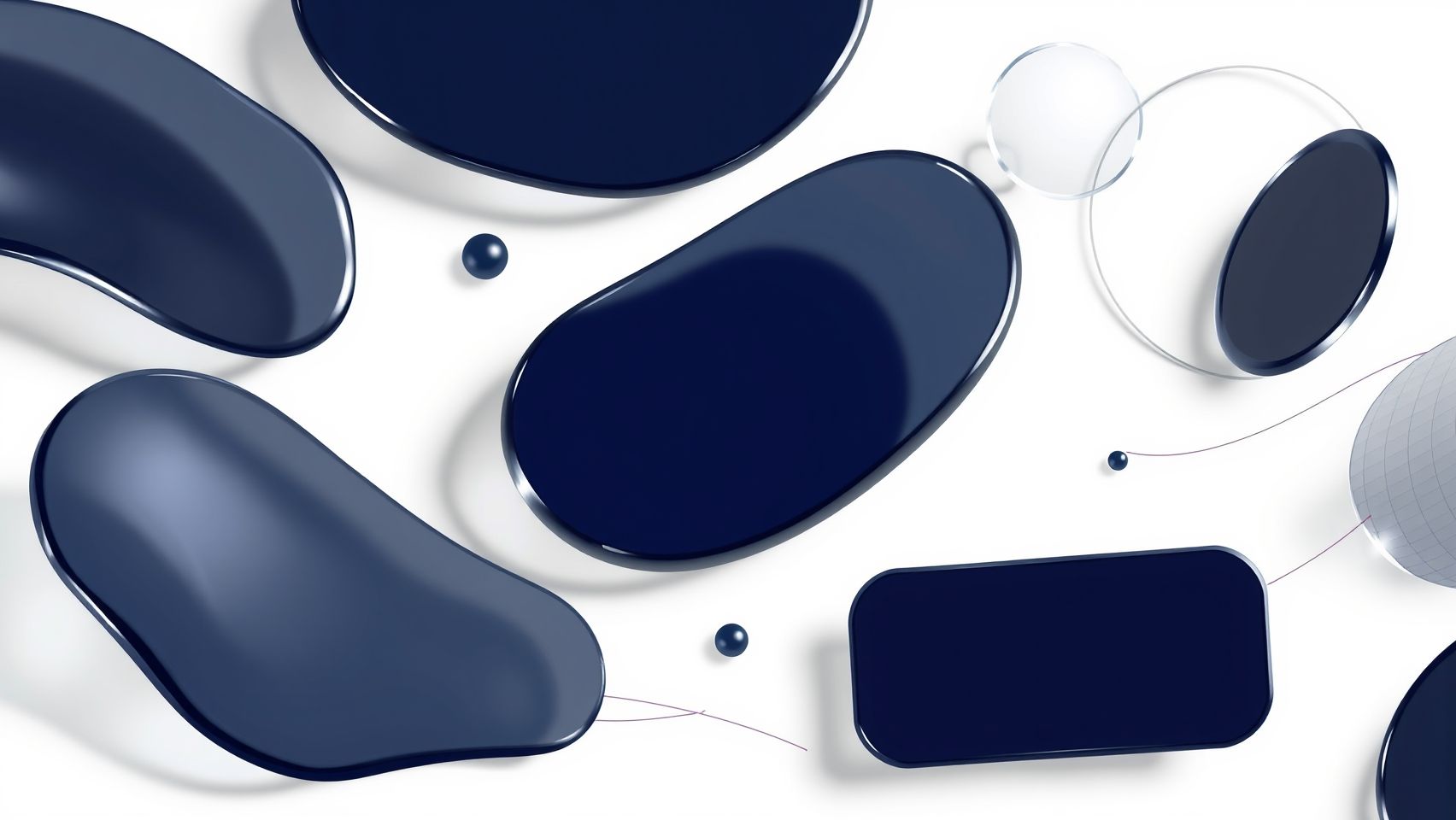
Creating high-quality logos using AI tools like Imagen 4 and DALL-E 3 in 2025 requires precise prompt engineering. The effectiveness of your prompts directly impacts the clarity, style, and uniqueness of the generated visuals. To achieve optimal results, it’s essential to use specific descriptors that guide the AI effectively, such as “minimalist,” “vector style,” or “modern.” Incorporate details about color schemes, mood, and industry references, for example, “blue and white, professional, for a SaaS startup.” This specificity helps the AI produce more targeted outputs.
In addition, specify size, format, and resolution preferences within your prompts. A typical prompt might include “vector logo, 500×500 pixels, high resolution” to ensure the logo fits your branding needs. Experimentation through iterative prompts is crucial; refine your results step-by-step by adjusting descriptors and parameters based on initial outputs. Post-generation editing tools like Canva or Adobe Illustrator can then be leveraged for final tweaks, ensuring branding consistency and quality.
Effective Prompt Techniques and Pitfalls to Avoid
Avoid vague prompts such as “create a logo” without further details, as results tend to be unpredictable. Instead, use structured templates like “Minimalist logo in blue and white, vector style, modern, for a SaaS startup,” to increase accuracy. Pre-made prompt templates save time and help maintain consistency across projects. Additionally, leverage inpainting and editing features post-generation—these tools enable you to fine-tune logos for perfect branding alignment. Finally, always review and refine your prompts iteratively to hone in on the most effective descriptions, ensuring your AI-generated logos meet professional standards seamlessly.
FAQs About AI Logo Generation with Imagen 4 and DALL-E 3
As AI-powered tools become essential for brand logo creation in 2025, many small businesses and designers wonder about the practical aspects of using platforms like Imagen 4 and DALL-E 3. This section addresses common questions to help you navigate their capabilities, costs, licensing, and best practices for generating impactful logos efficiently and legally.
Which tool is more affordable for small businesses?
Most platforms support high-resolution exports suitable for professional use, and pricing generally starts around $20/month, though some variations exist. According to recent market data, Zoviz, an AI logo generator, offers one-time payment options that could be more cost-effective for small businesses with immediate needs. Overall, DALL-E 3 and Imagen 4’s subscription plans are competitive, but checking for one-time licensing or pay-per-use can yield additional savings.
How much time does it typically take to generate a logo?
Generation time varies depending on prompt complexity and platform infrastructure, but most AI tools deliver initial logo concepts within seconds to a few minutes. Refinement and iteration might extend this process to under 30 minutes for a well-defined prompt, especially if detailed descriptors are used to avoid vagueness, a common issue in prompt design.
Can generated logos be trademarked or used legally?
Generally, logos created via AI platforms are legally eligible for trademark registration, provided users verify licensing terms and ownership rights. Most AI platforms clarify that users hold commercial rights; however, it is essential to review licensing agreements to ensure that the generated logo is free for commercial use and can be trademarked without restrictions.
What are common issues in prompt design, and how to troubleshoot?
Vagueness and lack of specificity are primary prompt design challenges. To troubleshoot, add detailed descriptors like color schemes, style references, and symbol preferences. Testing multiple iterations and consulting platform-specific guidance can help refine prompts for clearer results.
Do both platforms support high-resolution exports suitable for printing?
Yes, both Imagen 4 and DALL-E 3 support high-resolution image exports, making them ideal for printing and large-format use. Always verify export settings and licensing to ensure your logo maintains quality and legality.
How do I ensure consistency across logo variations?
To maintain Brand consistency, use standardized prompts with set descriptors and style guidelines across different iterations. Some platforms offer templates or style reference features, which help create uniform logo variations aligned with your brand identity.
Conclusion
As we look toward 2025, the choice between Imagen 4 and DALL-E 3 for logo design ultimately depends on your specific needs, budget, and technical skills. DALL-E 3 excels in providing user-friendly prompt control and swift results, making it ideal for those seeking quick iterations and ease of use. Meanwhile, Imagen 4 offers powerful customization options through Google Cloud, making it a better fit for scalable projects requiring more advanced fine-tuning.
To make the most of these innovative tools, start your journey with a free trial or low-cost plan on both platforms. Experiment with different prompts, apply the step-by-step techniques shared in this article, and connect with post-processing tools to achieve professional, polished results. Don’t wait—embark today and refine your workflow to create standout logos that capture your brand essence in 2025 and beyond!
Remember, success in logo design is about choosing the right tool and mastering it. Take actionable steps now to elevate your visual identity and stay ahead of design trends. Your next iconic logo awaits—start experimenting today and turn your creative vision into reality!
